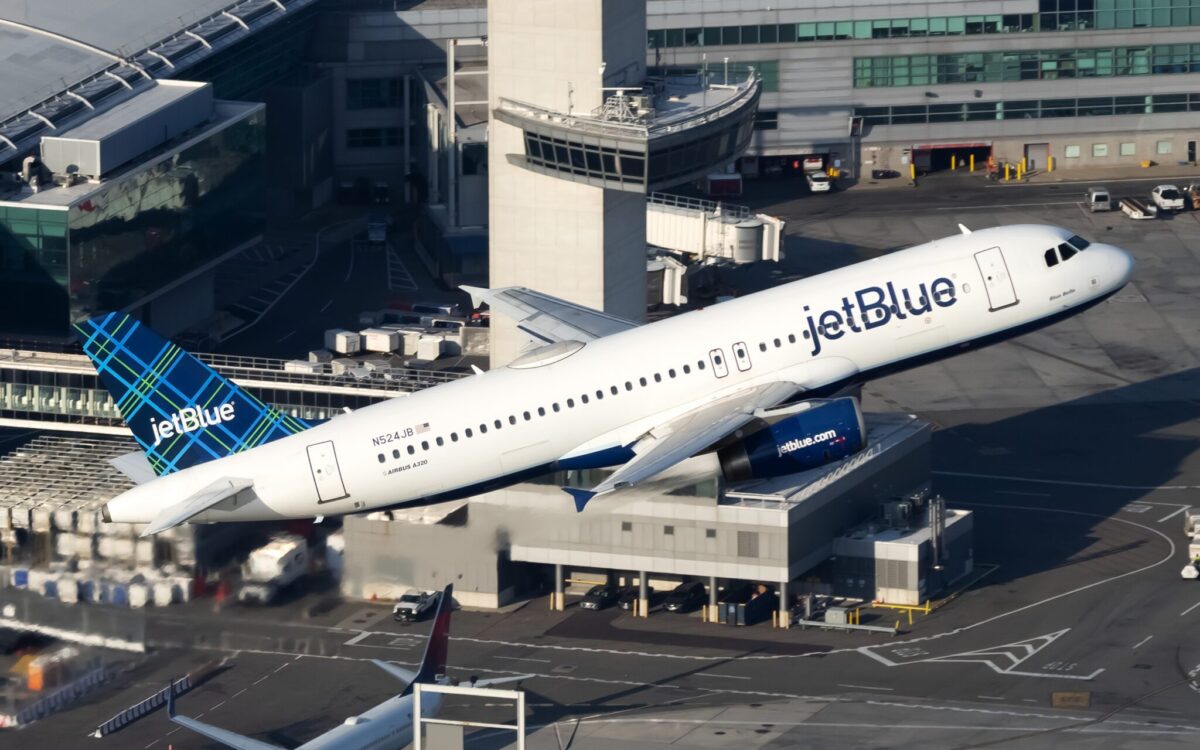Get Ready to Pay More at U.S. National Parks This Summer
Skift Take
Be prepared to pay a bit more if you’re headed to some national parks and recreation areas this summer.
After a six-year moratorium, the federal government is increasing the price of admission at some of its public lands and raising the fees charged for camping, boating, cave tours and other activities. The National Park Service says the money expected to be raised is just a fraction of the $11.5 billion needed to repair and maintain roads, trails and park buildings.
Some members of Congress have expressed concern about the fee increases, but National Park Service Director Jonathan Jarvis said at a March congressional hearing that visitors are still getting an incredible deal when compared to other recreational pursuits.
“We cannot greet them with failing facilities,” Jarvis said of the 295 million people expected to visit National Park Service properties, which also include sites like the Lincoln Memorial.
Fees have increased in eight parks, including Yosemite, so far and are likely to rise in several dozen more parks in the coming months.
Each park determines how much to charge visitors after public input and approval from Washington. Jarvis told park superintendents last September to begin the public outreach that must accompany fee increases. The service went to Facebook as part of its efforts to gauge the prospect of higher fees at Yosemite National Park.
“Keep in mind — this belongs to the people, and it shouldn’t be priced out of the reach of the average person,” wrote Gayle Partmann of Rohnert Park, California. Partmann and her family spent several summer vacations at Yosemite when she was growing up.
“I’d rather pay money to get into Yosemite than any theme park I’ve been to,” wrote William Sanger of Berwick, Maine, who visited the park in October.
Only about a third of the 400-plus properties within the National Park Service system charge an entrance fee. Even in those places that do charge a fee, many visitors are exempted. For example, federal law requires parks to issue free passes for the disabled and to provide the elderly with the option of buying a lifetime pass for just $10.
Families can also buy an $80 annual pass that allows them to go to as many national parks as they desire, and that price will remain the same.
By comparison, the cost of going to Disneyland for a day is a minimum of $99 for one person age 10 and over.
Fees vary from park to park. At Yosemite National Park, the country’s third-busiest national park last year, the annual pass increased from $40 to $60.
Nick Haris, a motorcyclist who lives about two hours from Yosemite and travels there regularly, said the price increases are unlikely to deter him from coming back, but he’s heard grumbling from other motorcyclists.
Haris said area motorcyclists generally just want to ensure they’re not singled out for steeper increases than other park visitors. The National Park Service helped alleviate some of those concerns by phasing in the increase and not charging as much as originally proposed. The rate per motorcycle has risen from $10 to $15 this year and will jump to $20 next year.
“I think it’s worth it,” Haris said.
Jarvis said the National Park Service collects about $180 million annually through fees and had hoped to raise $45 million more through all the fee increases. But officials have delayed or rescinded some proposed increases based on opposition from local residents and lawmakers.
The agency’s needs are numerous. Half of all paved roads in the national park system have been designated as in fair to poor condition. More than two dozen bridges need repair, as do more than one-third of the hiking trails — some 6,700 miles, according to the agency.
Some Republican lawmakers have questioned the scale of the pending fee increases. Republican Rep. Doug LaMalfa, whose Northern California district includes Lassen Volcanic National Park, said the cost of “just driving through the park” is possibly jumping from $10 to $25 per vehicle, while hikers and bikers would see fees go up from $5 to $12 a person, and motorcyclists could see an increase from $5 to $20.
He said a modest increase, perhaps 25 percent, could be understandable. But going beyond that “really starts making a difference in people’s pocketbooks,” LaMalfa said.
![]()





